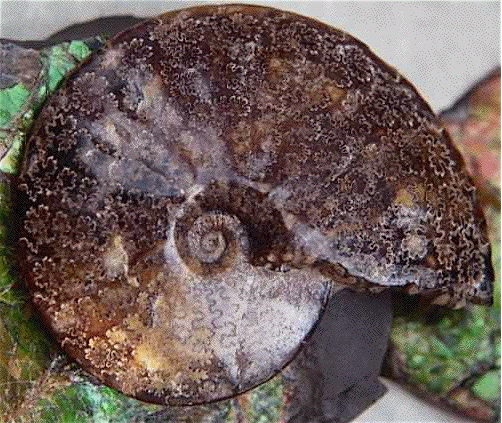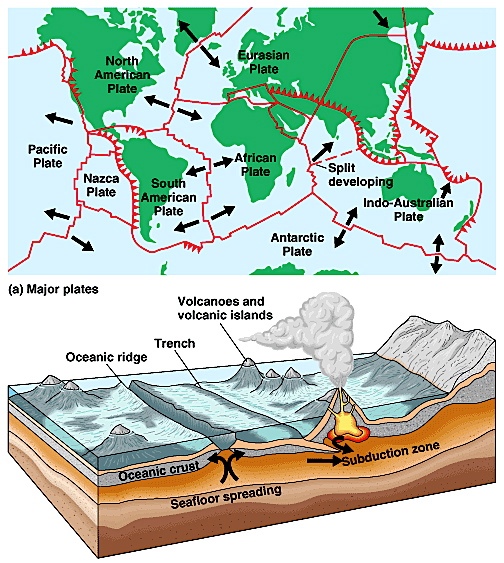It hasn’t been a hundred years since the discovery of geologic time
In 1911 the discovery that the world was billions
of years old changed our view of the world forever.

In 1911 the discovery that the world was billions of
years old changed our view of the world
forever.
By the end of the 19th century, many geologists still believed the age of the Earth to be a few thousand years old, as indicated by the Bible, while others considered it to be around 100 million years old, in line with calculations made by Lord Kelvin, the most prestigious physicist of his day.
It was against a background of dramatic and exciting scientific discoveries that a young Arthur Holmes (1890-1964) completed his schooling and won a scholarship to study physics at the Royal College of Science in London. There he developed the technique of dating rocks using the uranium-lead method and from the age of his oldest rock discovered that the Earth was at least 1.6 billion years old (1,600 million).
By the end of the 19th century, many geologists still believed the age of the Earth to be a few thousand years old, as indicated by the Bible, while others considered it to be around 100 million years old, in line with calculations made by Lord Kelvin, the most prestigious physicist of his day.
It was against a background of dramatic and exciting scientific discoveries that a young Arthur Holmes (1890-1964) completed his schooling and won a scholarship to study physics at the Royal College of Science in London. There he developed the technique of dating rocks using the uranium-lead method and from the age of his oldest rock discovered that the Earth was at least 1.6 billion years old (1,600 million).

In the 1920s the new theory of continental drift
became the great scientific conundrum, and most geologists were unable to accept
the concept due to the lack of a mechanism for driving the continents around the
globe.
In 1928 Arthur Holmes showed how convection currents in the substratum (now called the mantle) underlying the continents could be this mechanism. This proved to be correct but it was another 40 years before his theories were accepted and the theory of plate tectonics became a reality.
Today, few discussions in geology can occur without reference to geologic time and plate tectonics. They are both integral to our way of thinking about the world. Holmes died in 1964 having lived just long enough to see sea floor spreading confirm his ideas of continental drift.
Do you have any problems catching up to 1911?
In 1928 Arthur Holmes showed how convection currents in the substratum (now called the mantle) underlying the continents could be this mechanism. This proved to be correct but it was another 40 years before his theories were accepted and the theory of plate tectonics became a reality.
Today, few discussions in geology can occur without reference to geologic time and plate tectonics. They are both integral to our way of thinking about the world. Holmes died in 1964 having lived just long enough to see sea floor spreading confirm his ideas of continental drift.
Do you have any problems catching up to 1911?
Posted: Sun - September 16, 2007 at 04:32 PM